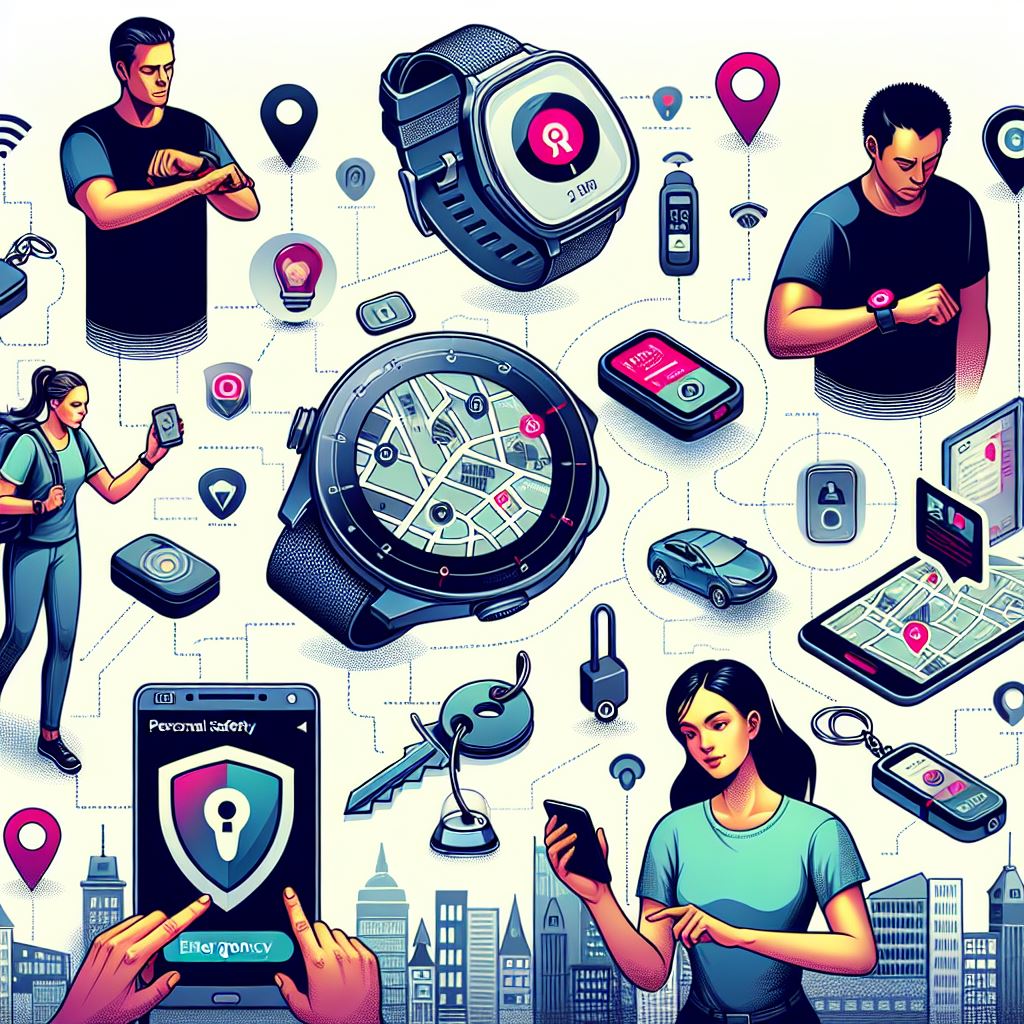In an increasingly connected world, personal safety has become a paramount concern. Whether you’re at home, traveling, or simply going about your daily routine, having access to reliable safety tools can provide peace of mind and potentially save lives. This article explores various personal safety apps and devices designed to help individuals stay safe and respond effectively in emergencies.
The Importance of Personal Safety
Personal safety encompasses measures and practices that protect individuals from harm or danger. It includes being aware of one’s surroundings, taking precautions to avoid risky situations, and having tools and strategies in place to respond to emergencies. With advancements in technology, a wide range of apps and devices are now available to enhance personal safety.
Personal Safety Apps
1. Emergency Alert Apps
Emergency alert apps allow users to quickly send distress signals to pre-selected contacts or emergency services. These apps often include features such as GPS tracking, real-time location sharing, and customizable alert messages. Examples include:
- bSafe: This app allows users to set up a network of trusted contacts who can receive SOS alerts, track the user’s location, and even activate a fake call to deter potential threats.
- Life360: Primarily a family locator app, Life360 also includes emergency features such as SOS alerts, crash detection, and real-time location sharing.
2. Personal Safety Apps for Women
Several apps are specifically designed to address the safety concerns of women. These apps often include features like emergency contacts, location tracking, and safety tips. Examples include:
- Circle of 6: This app allows users to quickly notify six trusted contacts if they feel unsafe. It also provides pre-programmed messages and GPS location sharing.
- Safetipin: Safetipin offers safety audits of neighborhoods, allowing users to check the safety score of an area before visiting. It also includes an SOS button and location tracking.
3. Health and Medical Emergency Apps
Health and medical emergency apps provide quick access to medical information, emergency contacts, and first aid instructions. Examples include:
- Red Panic Button: This app sends an emergency message with the user’s location to pre-selected contacts at the press of a button. It also includes a medical ID feature for storing important health information.
- First Aid by American Red Cross: This app offers step-by-step instructions for handling common first aid emergencies, along with videos and interactive quizzes.
4. Travel Safety Apps
Travel safety apps help users stay informed about potential risks and emergencies while traveling. These apps often include features like travel advisories, emergency contacts, and location tracking. Examples include:
- Sitata: Sitata provides real-time travel alerts, safety advice, and health information for travelers. It also includes a feature for finding nearby medical facilities.
- GeoSure: GeoSure offers safety ratings for neighborhoods around the world, covering factors such as crime, health, and political stability. It also provides personalized safety tips based on the user’s profile.
Personal Safety Devices
1. Personal Alarms
Personal alarms are small, portable devices that emit a loud sound when activated. They can be used to attract attention and deter potential attackers. Examples include:
- SABRE Personal Alarm: This compact device emits a 120-decibel alarm and includes a keychain for easy access. It also features a built-in LED light for added safety.
- Vigilant PPS8: This personal alarm includes a 130-decibel siren and a built-in flashlight. It also has a ripcord activation mechanism for quick use in emergencies.
2. GPS Trackers
GPS trackers allow users to share their real-time location with trusted contacts. These devices are especially useful for children, elderly individuals, and those with medical conditions. Examples include:
- AngelSense: Designed for children and individuals with special needs, AngelSense provides real-time GPS tracking, two-way voice communication, and geofencing alerts.
- Jiobit: This small, durable GPS tracker offers real-time location tracking, geofencing, and mobile app integration. It is suitable for children, pets, and elderly individuals.
3. Wearable Safety Devices
Wearable safety devices combine fashion with functionality, offering discreet ways to stay safe. These devices often include features like panic buttons, GPS tracking, and emergency alerts. Examples include:
- Invisawear: Invisawear offers stylish jewelry with hidden panic buttons that send emergency alerts and location information to pre-selected contacts.
- Nimb Ring: This smart ring includes a panic button that, when pressed, sends an alert with the user’s location to emergency contacts and, optionally, to local authorities.
4. Smart Home Security Devices
Smart home security devices provide an added layer of protection for individuals at home. These devices often include features like video surveillance, motion detection, and remote monitoring. Examples include:
- Ring Video Doorbell: This device allows users to see, hear, and speak to visitors at their door via a smartphone app. It includes motion detection and video recording capabilities.
- SimpliSafe Home Security System: This comprehensive security system includes sensors, cameras, and a central monitoring station. It offers 24/7 professional monitoring and mobile app integration.
Conclusion
Personal safety apps and devices play a crucial role in helping individuals stay safe and respond effectively in emergencies. By leveraging technology, these tools provide real-time information, emergency alerts, and peace of mind. Whether you’re at home, traveling, or going about your daily routine, having access to reliable safety tools can make a significant difference in ensuring your well-being. Stay informed about the latest safety innovations and consider incorporating these apps and devices into your personal safety plan.





